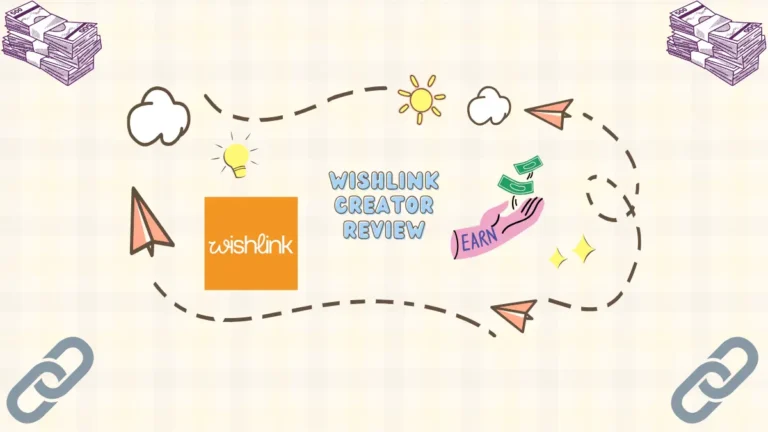A successful customer relationship requires several things. You need to understand your customers and their needs. By understanding their needs, you can develop long-term relationships. You must also develop brand loyalty by providing information about your products and services and promoting special offers and discounts.
Creating a Long-Term Relationship With Your Customers
Creating long-term relationships with your customers is a complex and demanding task. You must not only focus on making sales but also on making a CSR strategy and developing trust and loyalty. It is essential to stay in touch with your customers and exceed their expectations. This will help you build a strong bond with them.
Customers’ expectations change over time, and your communication should reflect this. It would be best if you always went the extra mile to make them feel appreciated. Customers are more likely to come back if you provide them with a unique experience that exceeds their expectations. For example, you can use their previous purchases to inform them of a relevant special offer or an opportunity to “level up” on your service. In addition, you should make sure that your communications with them are relevant and creative.
To create a long-term relationship with your customers or to improve customer relationships, you need to start by asking questions about your customers’ needs. You can do this through focus groups, one-on-one interviews, surveys, and other methods. Once you know the needs of your target audience, you can create a profile of your customers.
Understanding Their Needs
Understanding your customers’ needs can help you deliver better services and products. You can use your past data to forecast what they’ll want in the future and alert them to relevant special offers or opportunities to “level up” on a service. Additionally, you can diversify your communications with your customers to keep them engaged, from reminding them about the unique features of their favorite products to wishing them a happy birthday. Ultimately, this will create a more authentic relationship with your customers.
An essential first step is to maintain a database of your customers. It should include their names, email addresses, order history, and ongoing needs. Keeping in touch with your customers regularly helps you avoid problems and solve issues more quickly. It’s also a good idea to develop two-way communication channels early in the relationship.
Empathizing With Them
Empathizing with your customers is essential to understanding their needs and desires. This includes speaking their language and putting yourself in their shoes. These tips can help you understand your customers better and increase sales, engagement, and loyalty. Consider them as you would talk to a friend or family member.
By empathizing with your customers, you will better understand their problems and help them solve them. As a result, you will build stronger relationships with your customers. This will, in turn, improve your bottom line. Empathizing with customers can also increase your customer satisfaction scores.
If you’re concerned about the quality of your customer service, try focusing on building empathy in your staff. Creating a culture of empathy in your company will ensure that employees understand the needs of their customers and take action accordingly. If you have the proper training, your employees will quickly learn to pick up on customer needs by simply listening to them. They’ll also be able to identify problems before they escalate. Empathy in customer service is about listening intently and hearing what customers don’t say.
Using Advanced Customer Engagement Tools
Customer engagement tools are critical to the success of any business. They can help streamline a company’s engagement strategy, improve customer retention, and boost overall profitability. They also allow a business to focus on its core business goals. To use customer engagement tools effectively, a business should choose the right tool for its unique needs.
A customer engagement tool should be flexible enough to accommodate multiple channels while ensuring that a holistic view of customers is available. The tool should also have different levels of automation. By using a tool that provides a 360-degree view of the customer, a marketing team can gain a comprehensive understanding of the customer and improve interactions.
Read more: Why Good Content Matters For Your Marketing Strategy



